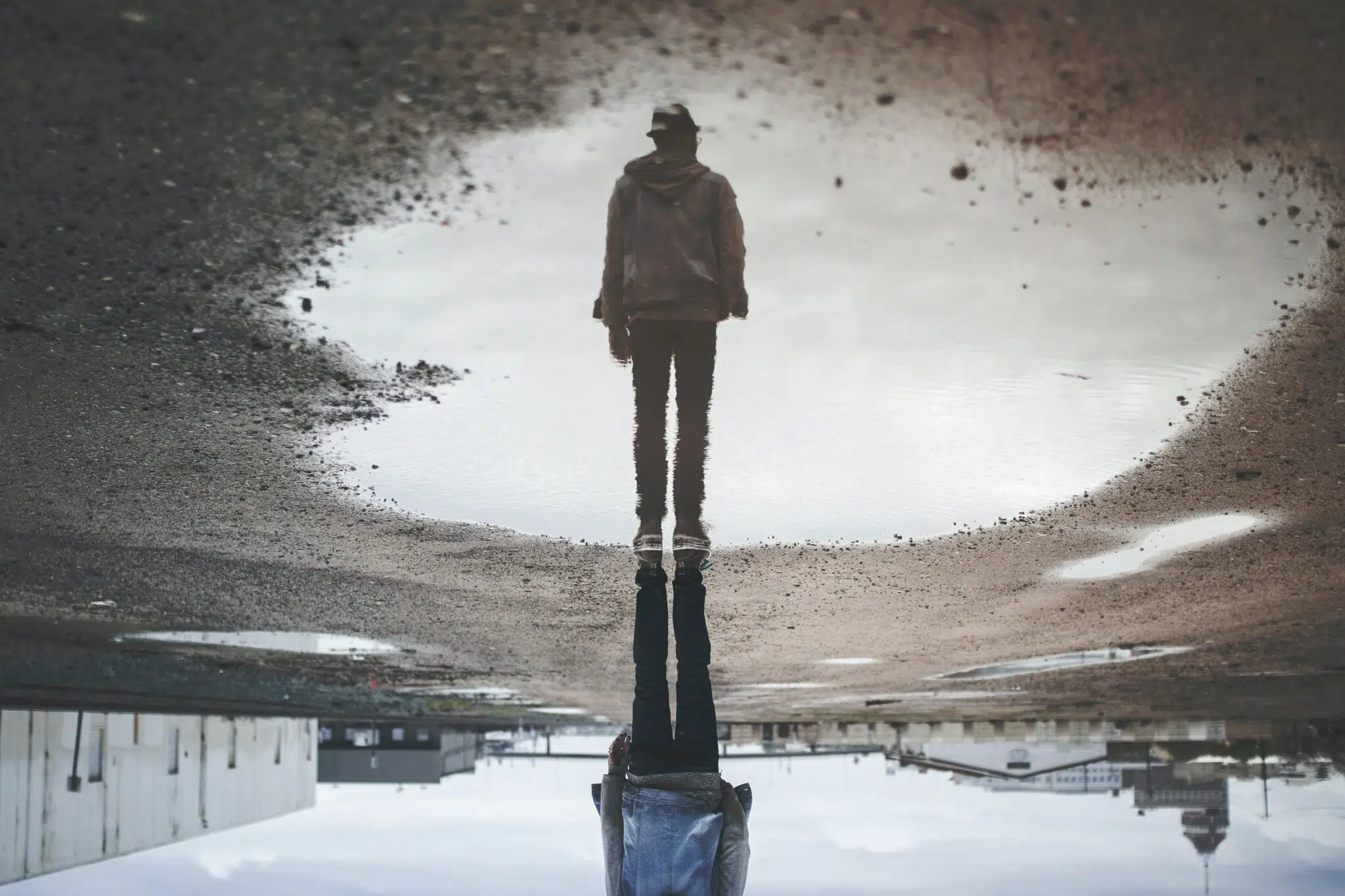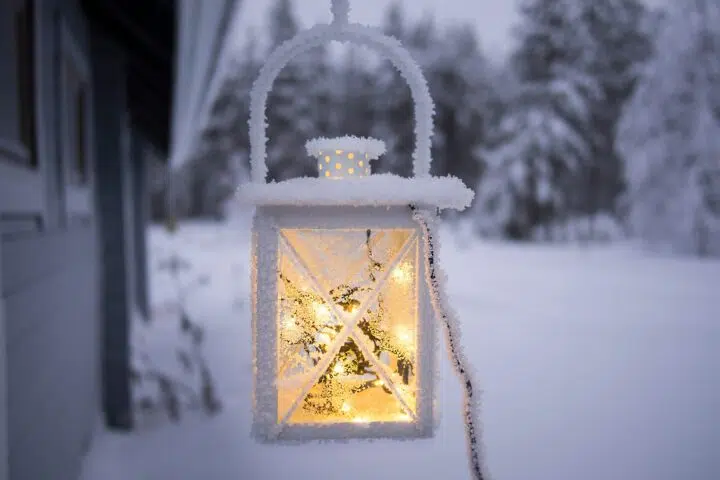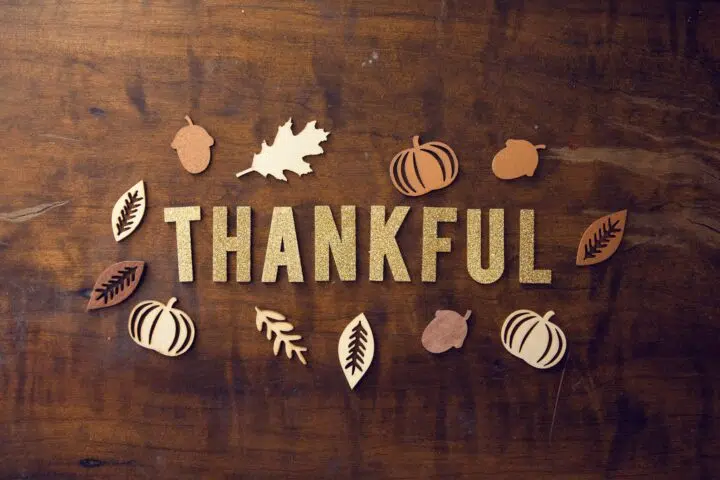As a lifelong watcher of the Macy’s Thanksgiving Day Parade, I caught Paula Abdul’s song and dance performance on the Jennie-O float. She performed her song “Straight Up,” which was released in 1988. There’s lots of praise for Abdul. Other people are noting the flaws in her lip-synching, the doctored sound on her tap routine, the fact that her voice, as played, doesn’t sound much like how she sounds today. And there’s plenty of judgment about her outfit, hair, and make-up, but that’s nothing new for women of any age.
Paula, by the way, is 60 years old and has a long list of accomplishments in the world of entertainment. What I’m interested in exploring here is not just “youth culture,” but how it especially pertains to artists. I’m in no position to guess whether this performance was something Paula really wanted or whether she felt obligated to deliver it; whether it was her idea or someone else’s to show that an ’80’s icon still “has it.”
What I’m curious about is whether it matters if any artist still “has it,” anyway. And why we are not allowed, or do not allow ourselves, to grow. Whether it is society or our own pretenses that lead us to sometimes need to prove we haven’t changed a bit.
Because we have changed! And if we really want to combat youth culture, we need to stop trying to be an older version of our younger selves. And we need our fans to stop expecting us to take them back to their own youth and, instead, invite them to grow along with us.
As many of my artist friends are aging, we’re dealing with this conundrum. Do we continue to do what we’ve always done, even if we can’t do it as we once did? Do we continue to execute projects simply because we’ve gotten really good at them and it’s easier than moving in new directions? Do we hold on to old identities because we’re not sure people will want or accept our new ones? Do we still work as we always have because it feels safer that way (after all the money is guaranteed, the deadlines are known, and the partnerships are in place).
What if we gave our fans the benefit of the doubt, instead, and trusted many of them are true enough to stick with us even if we change? Can we help them grow by not catering to their fantasies that we (and therefore they) are somehow timeless? Can we sometimes—as someone dear to me always says—leave when we’re having the most fun?
Because leaving, changing, defying, and upending isn’t failure. It isn’t wimping out or admitting defeat. It’s nurturing our energy so we can best serve ourselves and others, so we can create something new based on all the skills and knowledge we’ve gained over the years, so we can model for younger artists that our work is not a gilded cage, it’s an ever-growing, ever-changing, ever-curious journey.
As I said, I’m in no position to judge Paula’s decisions or performance, or even to suggest she personally does or does not feel trapped. But from my seat on the couch, what I saw on her face was worry and heavy concentration, and who the heck wouldn’t feel that way tap dancing in high heels on a rickety float at age 60? The fact that she could do it was neither here nor there, to me. At this point, I feel she has nothing left to prove.
But I, for one, am ready to leave the 80s dance party and see what’s coming next! That’s not to say you won’t catch me kitchen-dancing to “Straight Up.” Good songs and good memories are timeless, but I’d also love to see how my kids or someday-grandkids will bring their own new moves to my favorite songs. Moves that didn’t exist when I was their age. Moves there’s no way I could mimic now. Keeping art relevant, that’s the job of future generations. Our job, as artists, is to keep creating in our chosen arts or in whatever new ways we choose.
If you like this post, please share and credit Teresa and Bursts of Brilliance for a Creative Life blog



